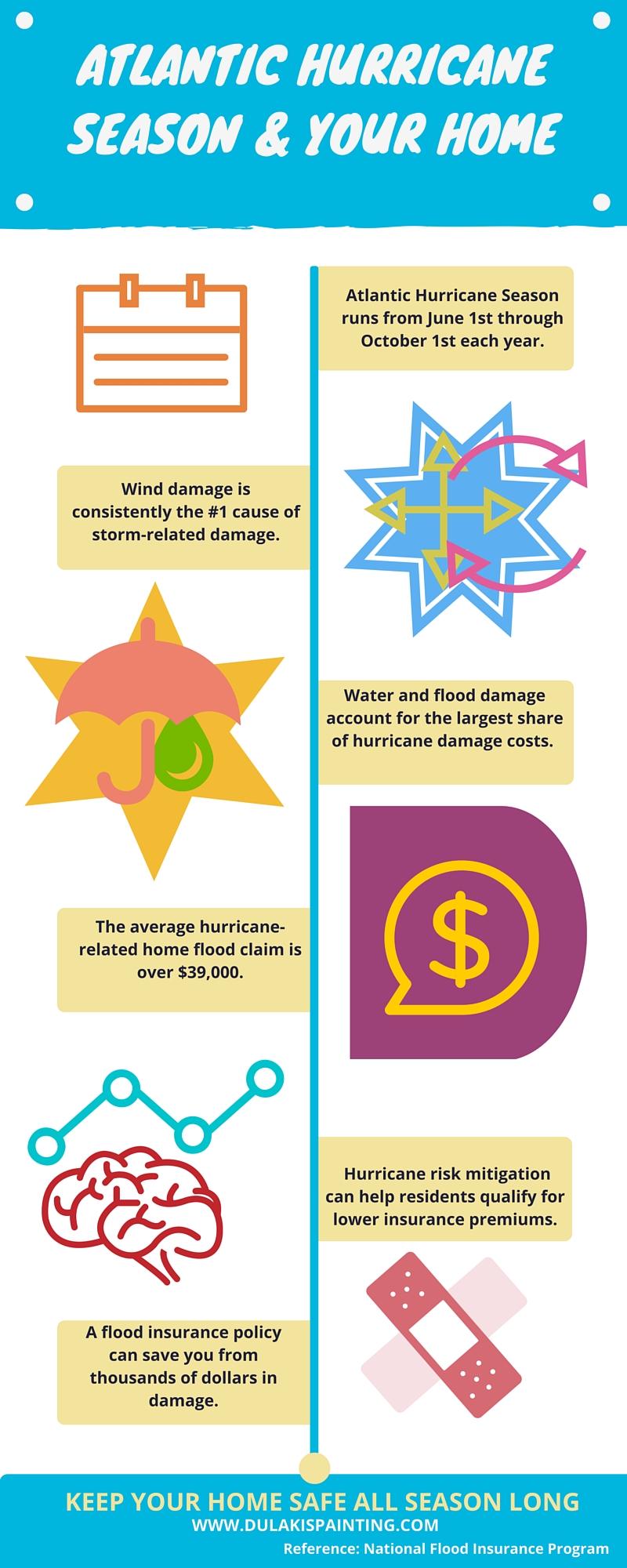Explore The Role Of Seasonal Factors In The Success Of Commercial External Paint And Uncover The Very Best Times To Protect Long Lasting Results For Your Task
Explore The Role Of Seasonal Factors In The Success Of Commercial External Paint And Uncover The Very Best Times To Protect Long Lasting Results For Your Task
Blog Article
Composed By-Aguilar Rodriquez
When you're planning an industrial external paint job, seasonal aspects can make or break your outcomes. You'll want to think about how temperature level and moisture impact paint application and drying times. Selecting the appropriate period can guarantee your paint adheres correctly and lasts longer. However which periods are really the most effective for this sort of job? Let's check out the crucial elements that can influence your job's success.
The Influence of Temperature on Paint Application
When you're planning an industrial exterior paint task, the temperature can dramatically influence how well the paint sticks and dries.
Preferably, you intend to repaint when temperatures range in between 50 ° F and 85 ° F. If it's as well cold, the paint might not heal properly, resulting in issues like peeling off or cracking.
On the other hand, if it's as well hot, the paint can dry as well swiftly, preventing correct attachment and causing an uneven surface.
You ought to additionally take into consideration the time of day; early morning or late afternoon supplies cooler temperature levels, which can be extra desirable.
Always examine the maker's recommendations for the certain paint you're utilizing, as they commonly provide support on the suitable temperature level range for ideal outcomes.
Moisture and Its Impact on Drying Times
Temperature level isn't the only ecological variable that affects your business external paint task; moisture plays a substantial function also. High moisture degrees can decrease drying out times considerably, affecting the general high quality of your paint work.
When the air is filled with moisture, the paint takes longer to heal, which can lead to problems like poor attachment and a greater threat of mold growth. If mouse click the following webpage on a specifically damp day, be gotten ready for extensive wait times in between coats.
It's critical to check local weather and plan as necessary. Ideally, go for click the up coming document between 40% and 70% for ideal drying out.
Keeping these factors in mind ensures your job remains on track and supplies an enduring finish.
Best Seasons for Commercial Exterior Painting Projects
What's the most effective time of year for your industrial outside paint tasks?
Spring and very early autumn are usually your best options. Throughout these seasons, temperature levels are mild, and humidity degrees are typically lower, producing optimal problems for paint application and drying out.
Stay clear of summer's intense heat, which can create paint to completely dry too promptly, leading to poor bond and surface. Likewise, wintertime's cold temperatures can impede correct drying out and curing, risking the durability of your paint job.
Go for days with temperature levels between 50 ° F and 85 ° F for optimal results. Bear in mind to inspect the regional weather report for rainfall, as damp conditions can ruin your project.
Preparation around these factors guarantees your paint project runs smoothly and lasts longer.
Verdict
To conclude, intending your business outside paint tasks around seasonal factors to consider can make a substantial distinction in the result. By organizing job throughout the optimal temperature levels and humidity levels, you'll ensure far better attachment and drying out times. Remember to keep an eye on regional weather prediction and pick the correct time of year-- springtime and very early fall are your best options. Taking these steps will assist you attain a resilient and professional coating that lasts.
